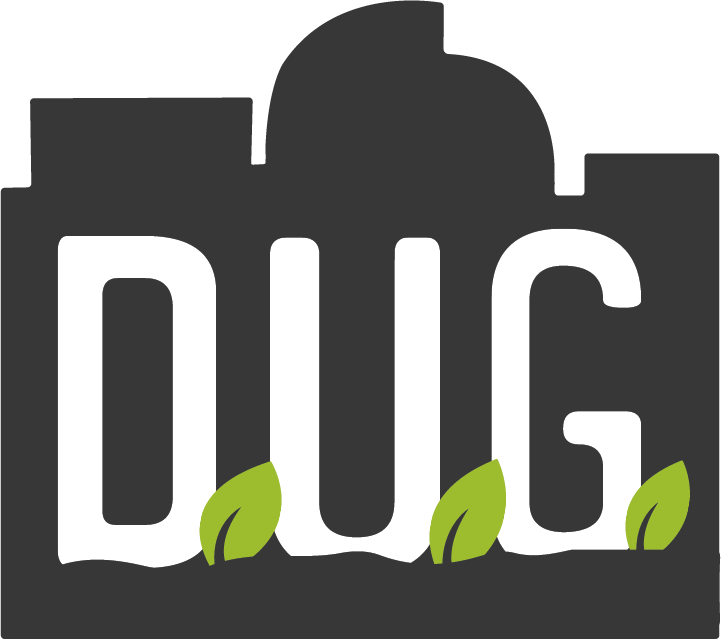 Tuesday, October 26, 2010 at 12:54PM
Tuesday, October 26, 2010 at 12:54PM
Posted by Emily Frost, Communications & Programs Intern.
Earlier this season, the Denver Post featured a story about the high price of healthy eating. Touching on food history, environmental influences and the politics of government subsidies, the article explores the complicated reasons influencing the cost of healthy foods, specifically fruits and veggies, and how that translates to one Denver family’s personal experience. The disappointing reality is that
“If Martinez wants each member of her household to have one peach, it’ll cost her about $3. If she chooses Kraft macaroni and cheese, she can get 18 servings — with 400 calories and 580 milligrams of sodium in each — for the same price.”
This illustrates perhaps why Americans are falling short of the CDC’s expectations that each American should  The Denver Post cites that “only half the recommended servings of dark green vegetables are available”, according to the USDA findings as published in “Health Affairs”, March 2010. These greens were sold at the Fairview Elementary School Garden Harvest Festival.be consuming two servings of fruits and three of vegetables daily, as reported by NPR. However, it is not just a lack of affordability or accessibility—according to the Post article, America does not actually grow enough fruits and vegetables to meet the 5-a-day goal, making consuming a healthy diet increasingly an issue of availability.
The Denver Post cites that “only half the recommended servings of dark green vegetables are available”, according to the USDA findings as published in “Health Affairs”, March 2010. These greens were sold at the Fairview Elementary School Garden Harvest Festival.be consuming two servings of fruits and three of vegetables daily, as reported by NPR. However, it is not just a lack of affordability or accessibility—according to the Post article, America does not actually grow enough fruits and vegetables to meet the 5-a-day goal, making consuming a healthy diet increasingly an issue of availability.
How are Americans responding to growing prices of food and corresponding growing levels of hunger and malnutrition? NPR gives an example in this story that tracks one family’s experience of gathering food from a variety of assistance programs. At the national level, Supplemental Nutrition Assistance Program, or SNAP, offers food stamps to those in need. In addition to using these stamps at grocers, SNAPs can also be used at many local farmers’ markets, increasing access to locally grown healthy food and supporting our local economy. Food Banks provide another option, as do local soup kitchens, for those cobbling together affordable means of feeding themselves and their families. Here in Denver, the SAME Café is a unique restaurant that serves up a fresh, organic meal for donations or volunteer time exchanged in the kitchen, rather than set prices, and believes that everyone, “regardless of economic status, deserves the chance to eat healthy food while being treated with dignity.”
Of course another supplemental option is growing your own veggies through gardening. DUG has done plenty of research alongside the Colorado School of Public Health on the benefits of community gardening, specifically. The findings of the “Gardens for Growing Healthy Communities” community-based research initiative include, among other benefits, these facts specifically relating to the articles highlighted in this post:
- More than 50% of community gardeners meet national guidelines for fruit and vegetable intake, compared to 25% of non-gardeners.
- 95% of community gardeners give away some of the produce they grow to friends, family and people in need; 60% specifically donate to food assistance programs.
 These children learn first-hand the value of working in community gardens.Additionally, there may be a financial benefit to growing your own grub. Rob Baedeker explores “What’s the Value of home-grown food?” in his piece in the San Francisco Chronicle. One gardener he interviewed found that his family of 5 saved $2000 over one year of home gardening. That gardener and the writer conclude that ultimately, monetary value is only a small part of the worth inherent in growing your own produce. The cultural exchange, first-hand learning, neighborly relationships, physical activity, and practice of living in community are all invaluable parts of the community gardening experience.
These children learn first-hand the value of working in community gardens.Additionally, there may be a financial benefit to growing your own grub. Rob Baedeker explores “What’s the Value of home-grown food?” in his piece in the San Francisco Chronicle. One gardener he interviewed found that his family of 5 saved $2000 over one year of home gardening. That gardener and the writer conclude that ultimately, monetary value is only a small part of the worth inherent in growing your own produce. The cultural exchange, first-hand learning, neighborly relationships, physical activity, and practice of living in community are all invaluable parts of the community gardening experience.
Read more about the inherent worth in community gardening, or better yet, get involved yourself! Check out the gardens in your neighborhood and contact your garden leader to get involved, or give us a call at the DUG office (303.292.9900) to explore volunteer opportunities.



